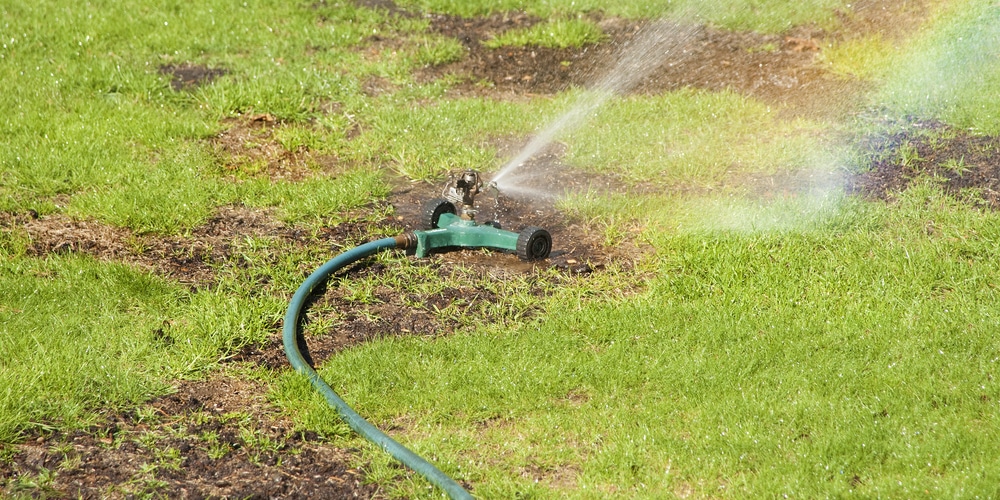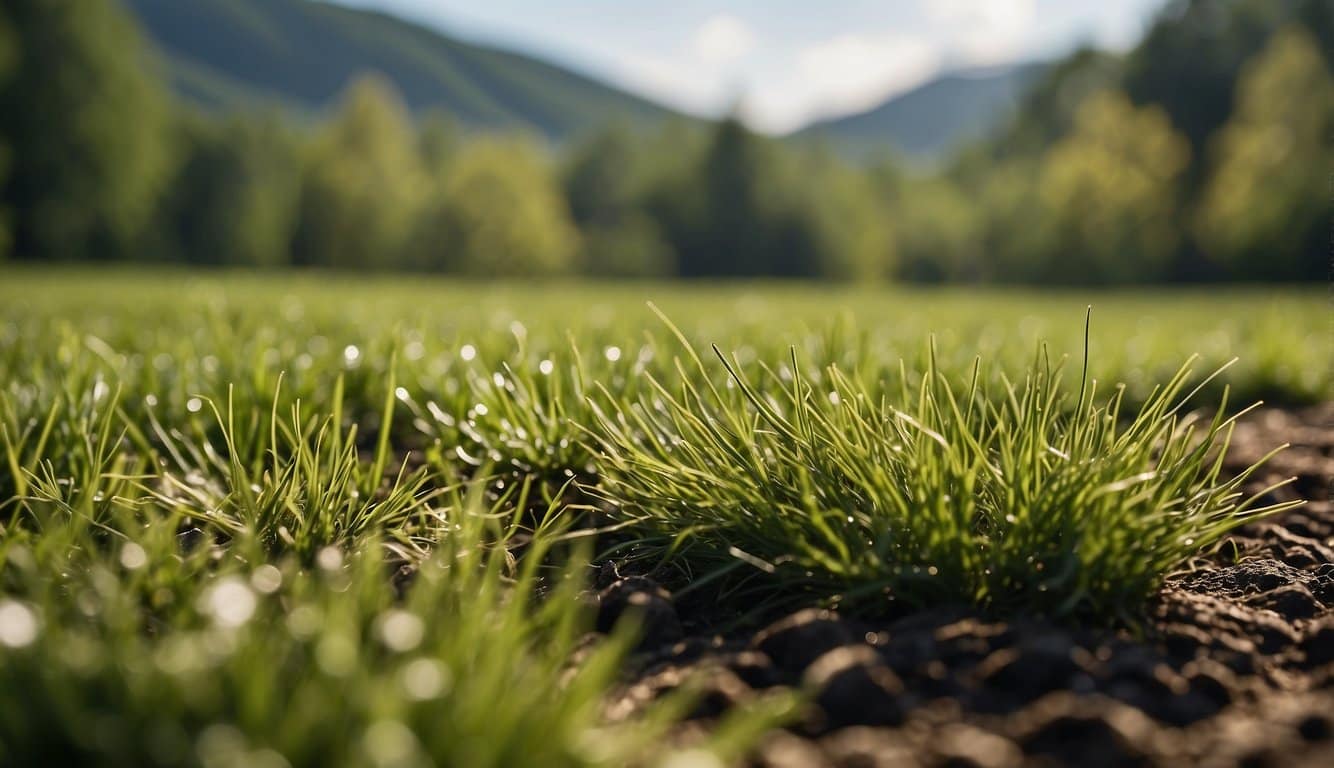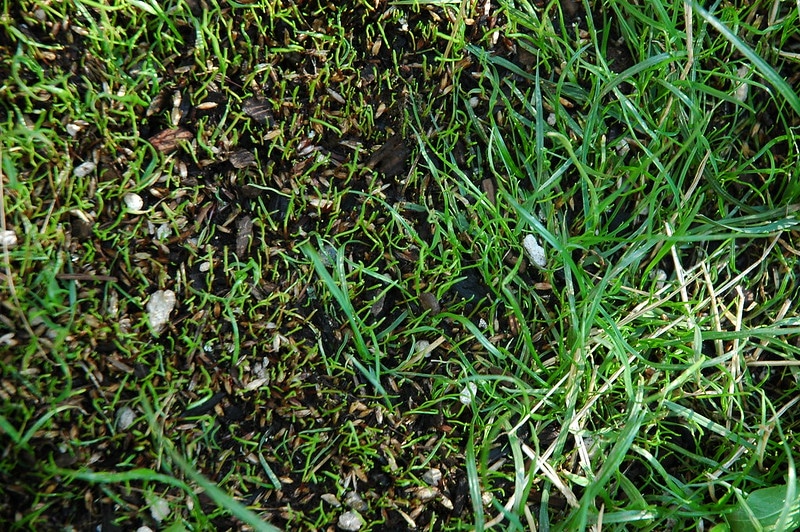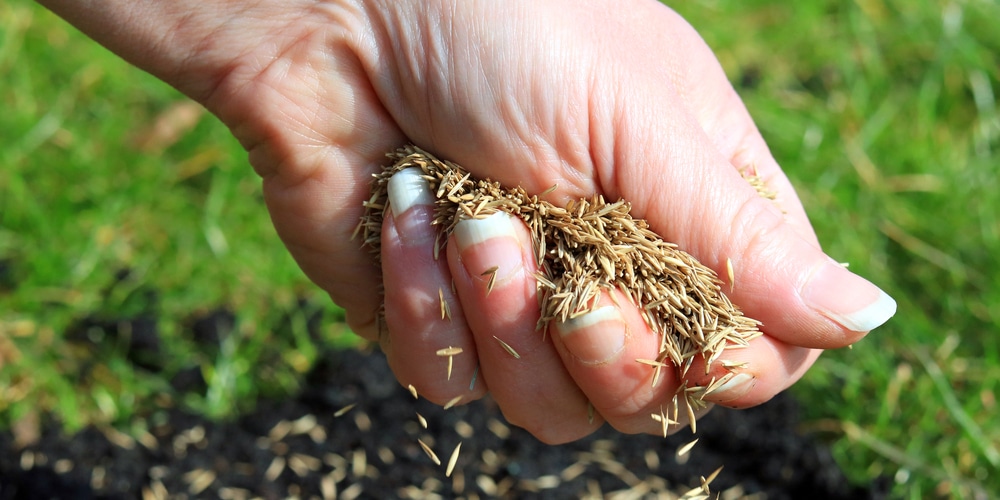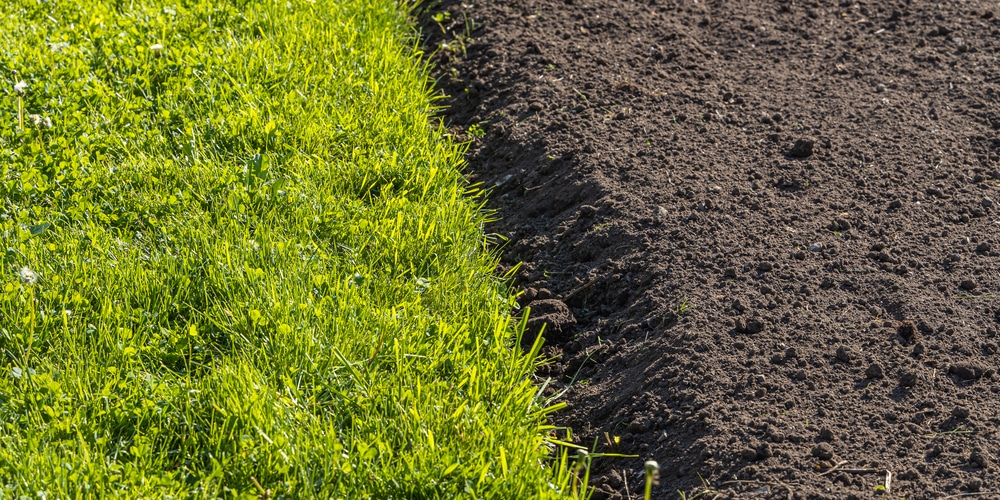| Question | When to Plant Grass Seed in PA? |
|---|---|
| Answer | Early fall (late August to early September) and late spring (mid-April to early May). |
| More Info |
|
In Pennsylvania, the optimal times for planting grass seed are in early fall and late spring. The best period for fall planting is from late August to early September.
This timing allows the grass seed to germinate and establish a robust root system before winter, taking advantage of the cooler temperatures and typically more consistent rainfall. Fall planting also benefits from reduced weed competition, providing a better environment for young grass.
Spring planting is another option and should be done from mid-April to early May, after the last frost has passed and soil temperatures have warmed sufficiently. While spring offers a good opportunity for seeding, it may require more diligent watering and weed management compared to fall.
Pennsylvania’s Climate Zones
Pennsylvania experiences a variety of climatic conditions that can greatly influence lawn care and grass planting. The state generally falls into the humid continental climate category, with variations across regions affecting the best times to plant grass seed.
Zones 5 & 6
Pennsylvania is broadly divided into USDA Plant Hardiness Zones 5 and 6.
Zone 5 covers the northern and higher elevation areas, where winters can be harsh, and the growing season is shorter. For Zone 5, the last frost date is typically around April 30th, signaling the start of the planting season.
Zone 6
Most of the central and southeastern parts lead into Zone 6. This area has milder winters and a longer growing season, with the last frost dates occurring approximately a week earlier, around April 21st, compared to Zone 5.
Late Frost Dates
A gardener should always monitor the specific late frost dates, as these are pivotal for timing when to sow grass seed.
Temperature
When planning to grow new grass, the temperature is a key factor.
Grass seed germinates best when soil temperatures reach between 50°F and 65°F, which typically occurs during the spring months.
Rainfall
Rainfall patterns must also be considered.
Pennsylvania’s spring and fall typically offer moderate temperatures and consistent rainfall, providing the necessary moisture for seed germination without the need for excessive irrigation.
Optimal Timing for Planting Grass Seed in PA
Proper timing is crucial for successfully planting grass seed in Pennsylvania, with the state’s climate favoring two main seasons for sowing.
Spring Planting
In Pennsylvania, planting in spring should be timed for when the soil temperature consistently reaches 50°F to 65°F. This typically falls between late March and early May.
Spring planting relies on the soil having thawed and warmed sufficiently after winter, allowing for proper seed germination. Homeowners should ensure that the risk of heavy frost has passed to prevent damage to new seedlings.
Steps for Spring Planting:
- Prepare the soil by tilling and clearing debris.
- Ensure frost has passed before sowing.
- Sow when soil temperatures are optimal.
Fall Planting
The fall season, particularly from late August to mid-September, is widely recommended for planting grass seed in Pennsylvania.
The soil retains warmth from the summer months while experiencing cooler air temperatures, creating an ideal environment for seed germination and root establishment before winter sets in. This timing also benefits from fewer weeds competing with the new grass and allows for a full growing season before summer stress.
Steps for Fall Planting:
- Sow seed when daily temperatures range between 60°F and 75°F.
- Take advantage of warm soil and cool evenings for faster germination.
- Prepare the soil similarly to spring, ensuring it’s free of debris.
Grass Seed Types Suitable for Pennsylvania
Pennsylvania’s climate allows for a variety of grass seed types suitable for planting in local lawns. The state typically accommodates cool-season grasses that thrive in the chilly fall and spring temperatures.
Cool-Season Grasses:
- Kentucky Bluegrass: Known for its fine texture and rich color, Kentucky Bluegrass is resilient and ideal for high-traffic areas.
- Perennial Ryegrass: This type is appreciated for its rapid germination rate and is often mixed with other grasses to enhance a lawn’s durability.
- Fine Fescue: Shade-tolerant and able to thrive in less fertile soils, Fine Fescue is a good option for lawns with varied sun and shade patterns.
- Tall Fescue: With deep roots and drought resistance, Tall Fescue is suited for a range of soil types and conditions.
Grass Mixture Recommendations:
To achieve optimal results, a mix of these grass seeds can provide the benefits of each type. For instance, combining Kentucky Bluegrass and Perennial Ryegrass can offer both the desirable appearance and rapid establishment.
| Grass Type | Benefits | Suggested Use |
|---|---|---|
| Kentucky Bluegrass | Cold-resistant, recovers well from wear | High-traffic, open sunny areas |
| Perennial Ryegrass | Quick establishment, durable | Erosion-prone locations |
| Fine Fescue | Shade-tolerant, low maintenance | Shady areas, low-nutrient soil |
| Tall Fescue | Drought-tolerant, adaptable to soil | Varied landscapes, drought-prone areas |
For successful cultivation, they should consider the specific microclimate of their yard, as well as their personal maintenance preferences and the lawn’s intended use.
Preparing the Soil for Seeding
Prior to seeding, it’s essential for homeowners to ensure their soil is in the optimal condition to support healthy grass growth. This involves both analyzing and amending the soil composition as well as preparing the physical structure of the soil.
Soil Testing and Amendment
Before planting grass seed, one should conduct a soil test to determine the pH level and the presence of essential nutrients.
This test will inform them if they need to amend their soil to create the ideal growing environment.
Ideal pH levels for grass typically range from 6.0 to 7.0. Amendments might include:
- Lime: to raise pH if the soil is too acidic.
- Sulfur: to lower pH if the soil is too alkaline.
- Fertilizers: to replenish lacking nutrients, specifically nitrogen (N), phosphorus (P), and potassium (K).
Aeration and Removal of Debris
Aeration involves perforating the soil with small holes to allow air, water, and nutrients to penetrate the grass roots. This helps the roots grow deeply and produce a stronger, more vigorous lawn. Aeration can be done with a specialized tool or machine that removes plugs of soil.
The removal of debris is just as crucial. Here, one must:
- Remove rocks, sticks, and any rubbish from the soil surface.
- Clear away existing weeds, which can be competitors for nutrients and water.
- Rake the soil to remove dead grass and roots, also known as thatch, to prevent interference with seed-to-soil contact.
Seeding Techniques and Aftercare
When planting grass seed in Pennsylvania, one must employ proper techniques to ensure optimal growth.
Preparation is key; the soil should be tilled and cleared of rocks and debris. Fertilizer then enhances the soil before seeding.
Seeding:
- Depth: Grass seed requires precise sowing at about 1/8 to 1/4 inch deep.
- Spread: Even distribution is crucial. One can utilize a spreader for uniform application across the lawn.
- Water: A gentle but consistent watering schedule must be maintained until seeds have fully sprouted.
Aftercare is just as important to foster a resilient and lush lawn:
Watering:
- Young grass needs moisture, so water daily or as needed to keep the soil slightly damp.
- Reduce frequency once the grass is established, but increase the amount to encourage deeper root growth.
Mowing:
- Wait until the grass reaches 3 inches before the first cut, using a sharp blade to avoid pulling young grass out.
- Never cut more than one-third of the blade height to prevent stress on the lawn.
Maintenance:
- Reseeding: Sparse areas might need additional seed to encourage thick coverage.
- Fertilization: A balanced fertilizer can promote healthy growth after 4-6 weeks post-seeding.
Frequently Asked Questions
Selecting the right time and methods for seeding grass in Pennsylvania is crucial for establishing a healthy lawn. The climate and soil conditions unique to Pennsylvania dictate when and how to plant grass seed for optimal results.
What is the optimal season for seeding lawns in Pennsylvania?
The best seasons for planting grass seed in Pennsylvania are early fall and spring.
Early fall offers warm soil and cooler temperatures, which are ideal for grass seed germination and establishment. In spring, one should wait until the risk of frost has passed and the soil has warmed.
Which type of grass seed is most suitable for the climate in Pennsylvania?
Cool-season grasses, such as Kentucky bluegrass, perennial ryegrass, and fescues, are most suitable for the Pennsylvania climate.
These species are adapted to the cold winters and warmer summers typical of the region.
What are the recommended steps for sowing grass seed effectively?
One should begin with soil preparation by clearing debris and tilling.
Seeding methods include broadcasting and ensuring good seed-to-soil contact.
Consistent watering and appropriate fertilization post-seeding also help seedlings establish successfully.
How late in the year can grass seed be successfully planted in Pennsylvania?
It is recommended to plant grass seed no later than mid-October in Pennsylvania.
This allows the seedlings enough time to establish before winter. Planting later can risk the seedlings being too tender to survive the cold.
What considerations should be taken for overseeding existing lawns in Pennsylvania?
When overseeding, it is important to choose the right time, typically early fall, and ensure good seed-to-soil contact by aerating or dethatching.
One should select a suitable grass seed blend that matches the existing lawn for uniform growth.
During which months is it ideal to lay down grass seed in the Northeast region?
For the Northeast region, including Pennsylvania, the ideal months to lay down grass seed are late summer to early fall (August to mid-September) and late March to early May for spring seeding.
This timing aligns with favorable soil temperatures and natural precipitation patterns.
Last update on 2024-04-26 / Affiliate links / Images from Amazon Product Advertising API
